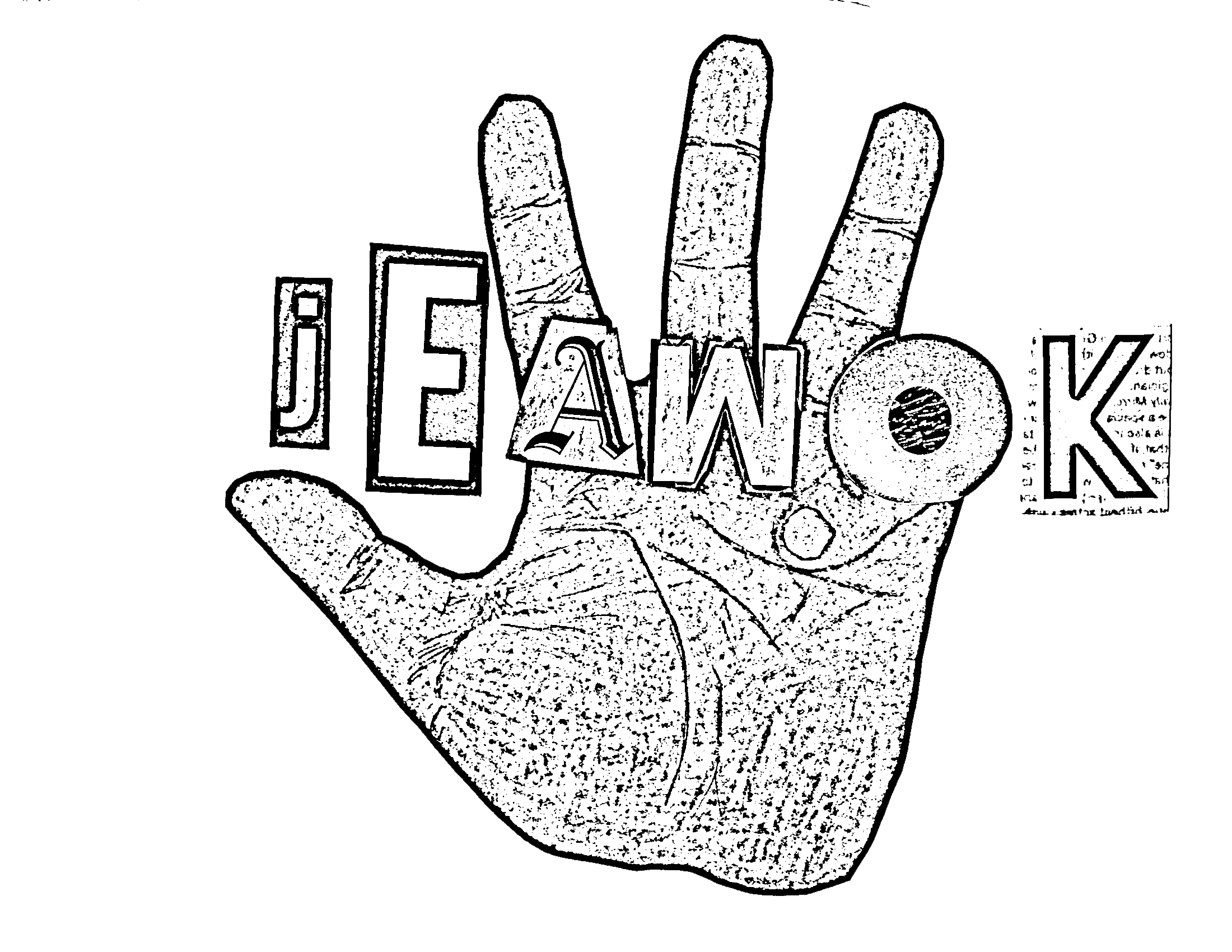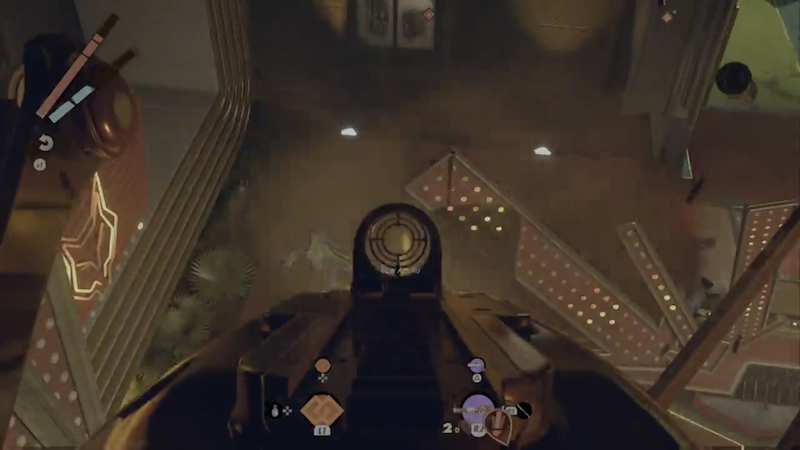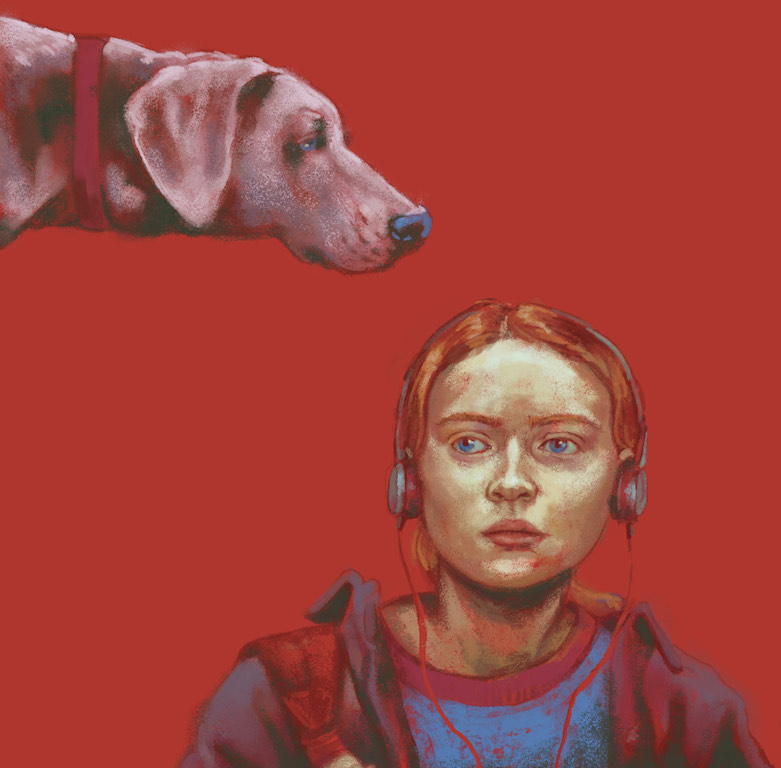Critics have mostly praised Deathloop as being a great game, even a game-of-the-year candidate. But many fans have responded in a different way, rejecting the claim of a masterpiece and even questioning, “Is this a good game?” Like the drunk guy who can’t have a good time at the party unless everyone is drinking, consensus feels good. Yet consensus is often plagued by insecurity and one’s lack of ability to validate for themselves. Today we seem to pick sides more than ever, wanting to be a part of the group, or against the other, so we know clearly where we stand. Video game culture is not exempt. When there are two separate consensuses, people start to question the legitimacy of reviews. Fans seem to disagree with critics more and more, which can be frustrating when $60 and dedication of your time is on the line. New complexities become more and more specific to our wildly individual tastes leaving more room for detachment. I find myself aligning with particular reviewers rather than companies themselves these days. I’ve been on both sides of the fence agreeing with critics or users, so I have no stake here. I’ll give you my genuine experience with the game, and you can take it or leave it as just one more opinion on your quest for gaming solidarity.
THE GIST
Carried by fun game-play, good pace, and tight mechanics Deathloop is an ultimately underwhelming experience bogged down by a zany sophomoric story, poor AI, and lackluster environments. Your objective: to kill 7 visionaries and your rival Juliana in order to break the loop and escape the island of Blackreef. The average length to complete the story is about 20 hours.
OVERVIEW
After a couple of weeks of being released, let’s take a look at the current state of Deathloop. The game is a first-person shooter that ambitiously takes elements from multiple genres like immersive sims and rouge-lites. It’s developed by Arkane Studios, makers of Prey, and the Dishonored series, which share similarities. Microsoft acquired Arkane along with ZeniMax Media, the parent company of Bethesda. However Deathloop was already under contract with PlayStation before the purchase, and that’s why they have a year of timed exclusivity. You can also purchase the game on PC now. Most likely it will hit Gamepass next year.
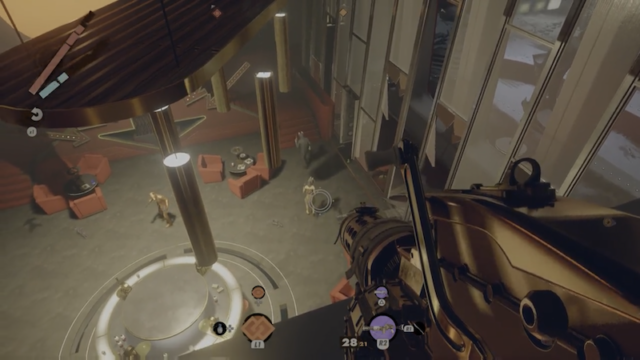
GAME-PLAY
By far the strongest suit of Deathloop is the shooting mechanics coupled with some supernatural powers and the ability to customize those with trinkets and slabs you pick up from defeating enemies. Residuum can be collected throughout the world, and if you make it back into the tunnels alive, you have a chance to infuse your earned items, making them permanent. This is the loop that works well and is rewarding once you gather the concept. The stakes are raised by the fact that you may lose a high-profile item if you die. When you are out in the field you get three lives, and they reset as you move into a new time of the day or if you defeat Juliana.
The guns feel fantastic, thanks to the PS5 controller, which brings weight and tension to every weapon in a unique way. This is reasoning enough for PC enthusiasts to consider trying this game on PlayStation. For me, it is the most immersive and satisfying part about Deathloop. Aiming and firing with precision coupled with unique abilities like becoming invisible, teleportation, and tethering enemies together to react as one were enough to keep me playing. Familiar concepts like hacking turrets against your enemies add slight variation.
However, AI leaves much to be desired. Enemies are often found staring blankly at the corners of a room waiting to be ambushed from behind. Their peripheral vision is non-existent. It works when they are staring out into the sea having a smoke, but it’s not always the case. You may be in a firefight just around the corner, and no one reacts to this on the other side.
Stealth is a large part of the experience but feels outdated, and the camera movement is slow for an FPS. There are certain sequences where stealth is mandatory, and if you are caught you won’t be able to complete your objective. Deeper into the game at specific sections, hordes of enemies come at you when alerted. These are the only times when the game feels challenging. Even the seven “visionaries” you must kill to break the loop are quick to work. Luckily, as you progress the difficulty increases, but not in terms of AI, just in terms of the sheer quantity of people to fight. When engaged, the game can be thrilling, but the slog of repetitive, unfulfilling detective work bottlenecks such enjoyment.
I relished the ability to play the campaign in online mode, which allows another user to hunt you as Juliana. This wrinkle made the game more challenging and varied, as the AI Juliana is far too easy to dispatch. On the flip, you may play as Juliana and invade another player’s campaign. There’s also a friends-only mode, and while I had friends online, the servers never let me into their game. The waiting times are long to invade a random person online, and once you are in there, it can take a while to find Colt, making for an empty experience.
While I applaud Arkane for giving us an online option, I feel they missed a huge opportunity by not including more player vs. player modes. With game-play being the strength, more online options could significantly enhance the challenge, longevity, and enjoyment of the title. Perhaps some additions are to come, but no reports have been made.
INTERFACE
Perhaps the most frustrating thing about Deathloop is its organization. You will be fumbling through menus throughout the entire experience, re-reading what lead to track, and back-clicking as a lead is only available in the evening or something similar to that degree. The info system is a righteous mess, and the reading of tortuous messages becomes a chore.
THE STORY
When you fire up Deathloop for the first time, prepare to feel as confused as the protagonist Colt is. You don’t know why you are trapped in this loop, or why you are being hunted by a rival
assassin, Juliana. Actually, I’m not sure you ever know why you’re locked in battle. Your relationship is mostly left hanging on one large reveal, one that feels engrossing, yet awkward, and severely unexplored.
The sudden amnesia is not novel, nor is it an issue, but the way you gain your bearings is cumbersome. There are seven assassins you need to kill on the same day, which is simple enough, but you will need to discover new clues and complete specific objectives to make this possible. Learning about the world and the characters you need to put down for the big sleep was relatively joyless. Even after 15 hours into the game, I had no established connection with any of the characters except Juliana, who will directly talk to you via radio, dripping with snarky commentary. The voice acting between her and Colt is a highlight, but the rest of the characters feel like empty shells which I developed no attachment or interest in over the course of the game. You discover more about each character through audio recordings, text communications via old computers, and notes left around the world — similar to the 2007 release of Bioshock. There are even dispensers full of ammunition and supernatural powers that parallel Bioshock, yet without much evolution from a game that was made over a decade ago.
Where the game suffers is in atmosphere and story. There’s no other way to put it: The dialogue is cringe. The conversations full of broken jargon read like texts between middle-school children. I was always amazed by what Colt was able to infer from a note that I just read myself, and thanked him for it because often the notes are confusing and painful to get through. The tone is rarely funny. It’s juvenile, yet oddly full of forced expletives. A teen rating might have been better sought-after.
Your quest to escape the loop and unravel the mysteries culminate in an ending that still left me confused. I, for one, am in favor of a poetic ending, one with ambiguity, one that leaves you pondering the themes and pools of reflection. In this way, the story lives on forever. Yet in Deathloop, I was mostly asking the same questions I was asking in the very beginning: What in the hell is going on here? Some of these answers are laying around in random notes throughout the world, which I found to be a poor choice for major storytelling, especially when so many of the notes feel useless. Much confusion regarding timelines and the events that created such strife between Colt and Juliana still remains in the end. There are three endings, but none of them left me satisfied or in a place to ponder more meaning. I was just bewildered by the dynamic.
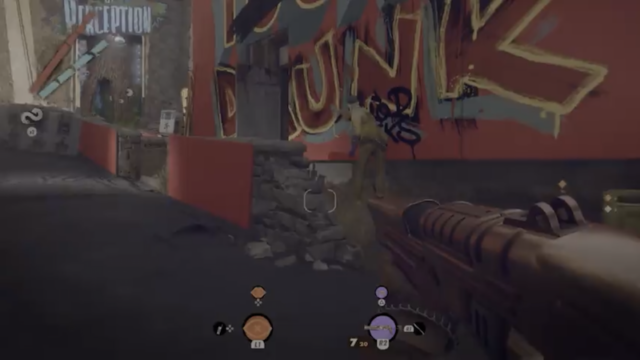
AESTHETIC and WORLD
Visually, the game has somewhat of a 60s retro-futuristic vibe. The style I got was Fortnite, and to me that’s the audience this game is marketing to. From the cartoon look to the randomly dancing characters spray-painting the walls of the town, I found the tone took me out of any immersion very quickly. Coupled with the repeating dialogue from the loop, one can grow tired very fast. The environments feel shallow and lacking. There are canisters of “fiz-pop” lying about for you to recover health, and machines for ammo, but other than that there are random beer taps and piles of alarm clocks you can use to distract people with, but are generally futile. Buildings are designed to make traversing with a double jump fairly fluid and the game operates at a good pace.
Sound design is adequate most of the time but held back by lots of randomness in the environment such as a guitar-strumming that you can’t find for the life of you or the buzzing of a trinket that doesn’t quite match its location.
There are four different levels and four different times you can enter each level, which creates new circumstances and a slight variation of how the world looks. Some will be pleased with the relatively small size of each map for ease of use, and the recycled mechanic of the timeline. I can see why the developers went this route, as it is somewhat novel and it must have made their work more efficient.
OPTIMIZATION
It’s surprising that such a graphically unrealistic and often hollow world has had so many struggles with optimization. The only way to have a relatively smooth experience on the PS5 is through performance mode, which doesn’t leave you with much to be desired other than a steady 60fps. I experienced a handful of hard freezes, forcing a restart. Visual mode and the ray tracing with 30fps were unusable. PC players have had an even worse time achieving stability, even with a 3080 graphics card.
CONCLUSION
In the end, I’m left contemplating why Deathloop has received such high praise from the majority of critics. It’s not a bad game because the game-play can be such a joy, but when you consider the scope of some titles today that offers so much more depth for the same or nearly the same price tag, I have to ask if this game is worth it? While I can’t recommend purchasing it at full price, I would encourage you to wait for a sale and decide for yourselves if it is a game for you.
SCORE
6/10
Find Collin at @chutemeister

